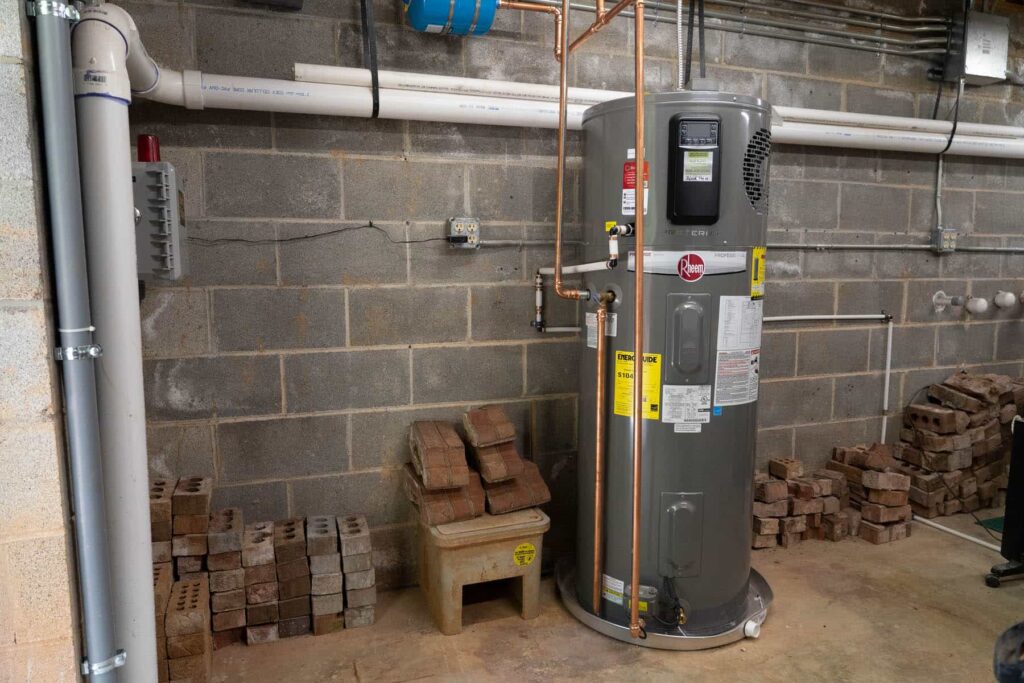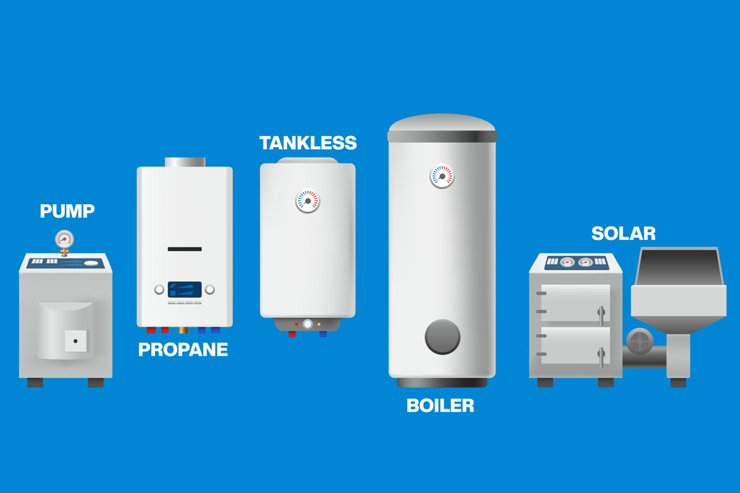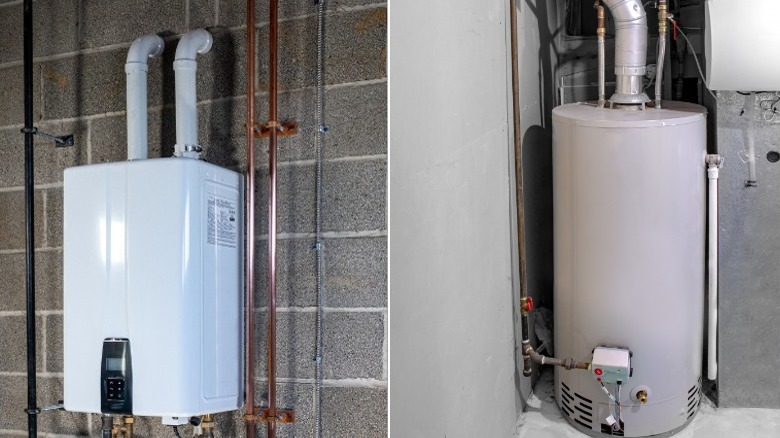Introduction
When it comes to keeping a business running smoothly, hot water isn’t optional; it’s essential. Whether you manage a restaurant, hotel, gym, or office building, a commercial water heater is at the heart of your daily operations. But when it’s time for a replacement or a brand-new installation, one of the most common questions business owners ask is: “How long does it take to install a commercial water heater?”
The answer isn’t one-size-fits-all. The timeframe depends on several factors, such as the type of unit, the size of the system, the complexity of your building’s plumbing, and whether you’re upgrading or replacing an old unit. In this blog, we’ll break down the timeline, share helpful plumbing tips, and cover common FAQs so you know what to expect in 2025.
Average Timeline for Installation

For most commercial water heaters, installation typically takes anywhere between 6 and 12 hours. However, that’s just the general range. Here’s how it usually breaks down:
- Standard replacement (same size, same type): 6–8 hours
- Upgrading to a larger capacity system: 8–12 hours
- Switching from tank to tankless system (or vice versa): 10–16 hours, depending on plumbing and electrical adjustments
- Multiple-unit commercial setups: 1–2 full days
A skilled, licensed plumber will assess your existing setup and give you a clearer estimate before starting work.
1. Type of Water Heater Matters

Commercial water heaters come in two main styles: tank and tankless.
- Tank water heaters (common in hotels, offices, and gyms) are quicker to replace if you’re installing the same size and type.
- Tankless water heaters require more time upfront for installation because of venting, electrical, and gas line adjustments. However, they often save money in the long run with energy efficiency.
2. Location and Accessibility

If your water heater is located in a cramped utility closet, on a rooftop, or in a basement with limited access, expect extra time. Maneuvering a 100–500 gallon tank through hallways or stairwells isn’t a quick job. Easy-access areas typically cut installation time significantly.
3. Upgrading Plumbing or Electrical Systems
Older buildings may not have the right electrical supply, venting, or plumbing to support newer, high-efficiency models. In these cases, plumbers may need to:
- Upgrade wiring or circuit breakers
- Add new gas lines or adjust pressure regulators
- Install additional venting for proper exhaust
These adjustments can extend installation by several hours, or even an extra day.
4. Permits and Inspections in 2025
In 2025, most municipalities still require permits and inspections for commercial water heater installations. The paperwork itself doesn’t take long, but scheduling inspections with the local building department can sometimes delay the process. To avoid downtime, a professional plumber usually handles the permits in advance.
5. Business Downtime Considerations
For many businesses, hot water is tied directly to revenue. Restaurants, medical facilities, and gyms cannot operate safely without it. A good plumbing contractor will often recommend scheduling installation after business hours or over a weekend to minimize disruption. While this can add to labor costs, it prevents lost business during peak hours.
6. Helpful Plumbing Tips to Speed Things Up
- Choose the right size: Oversized or undersized systems cause delays and future maintenance headaches.
- Clear the work area: Ensure technicians have easy access to the old heater and installation site.
- Plan ahead for seasonal demand: Replace units during off-peak months to avoid emergencies.
- Work with a licensed commercial plumber: DIY or hiring unqualified labor may create code violations, leaks, or even safety hazards.
7. FAQs About Commercial Water Heater Installations

Q: How do I know when it’s time to replace my commercial water heater?
A: Signs include inconsistent water temperature, strange noises, frequent repairs, rust in water, or a unit that’s over 10–15 years old.
Q: Can a commercial water heater be repaired instead of replaced?
A: Yes, minor issues like faulty thermostats, heating elements, or valves can often be repaired. But if the tank itself is leaking or corroded, replacement is the only safe option.
Q: What’s the difference in installation time between gas and electric commercial heaters?
A: Gas units may take longer because of venting requirements, while electric units may require electrical panel upgrades. Both average within the same 6–12 hour window.
Q: How long does it take for a newly installed unit to produce hot water?
A: For tank units, expect 1–3 hours after installation to heat fully. Tankless systems provide hot water almost immediately once connected.
Q: How can I extend the lifespan of my new commercial water heater?
A: Schedule regular maintenance, flush sediment from tanks, replace anode rods, and keep up with annual inspections. Proper care can extend lifespan to 15–20 years.
Final Thoughts
Installing a commercial water heater in 2025 isn’t just about swapping one unit for another; it’s about ensuring your business has a reliable supply of hot water without costly downtime. On average, expect 6 to 12 hours for installation, but keep in mind that larger projects or system upgrades can take longer.
By working with a licensed plumber, preparing your site, and understanding the process, you can make the installation smoother and avoid unexpected delays. Investing in the right system and installation now can save you thousands in repairs, energy costs, and business disruptions down the road.

